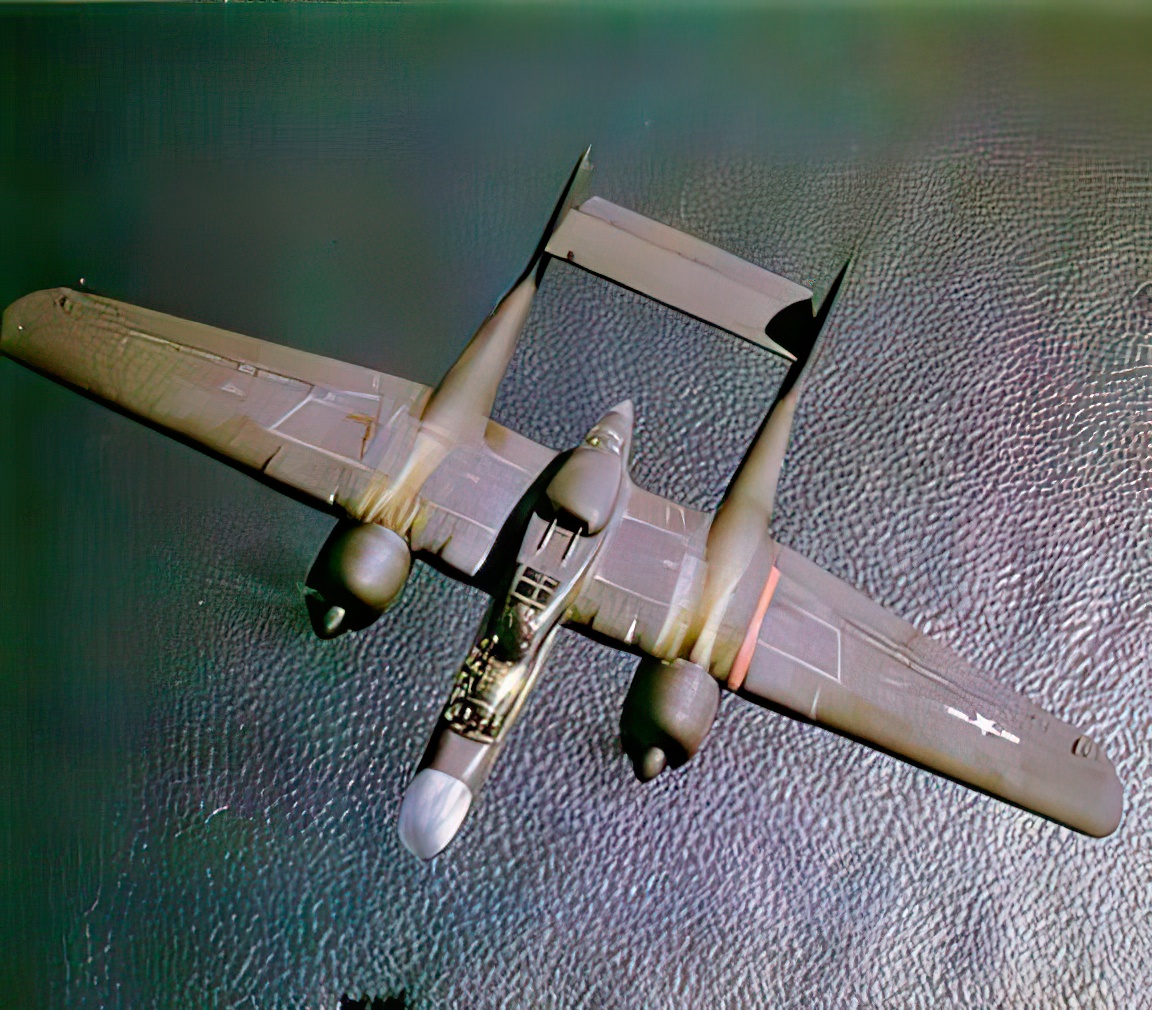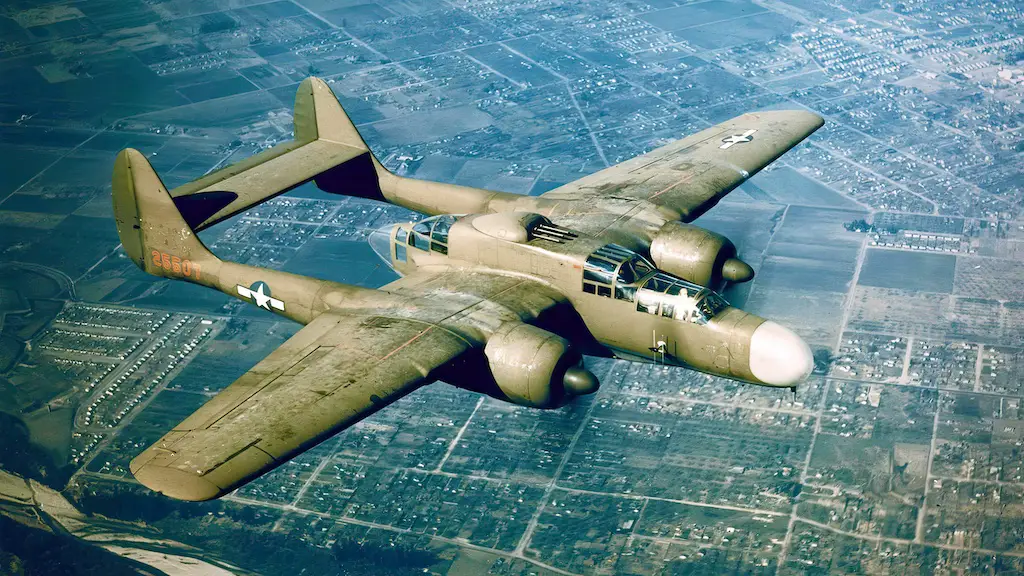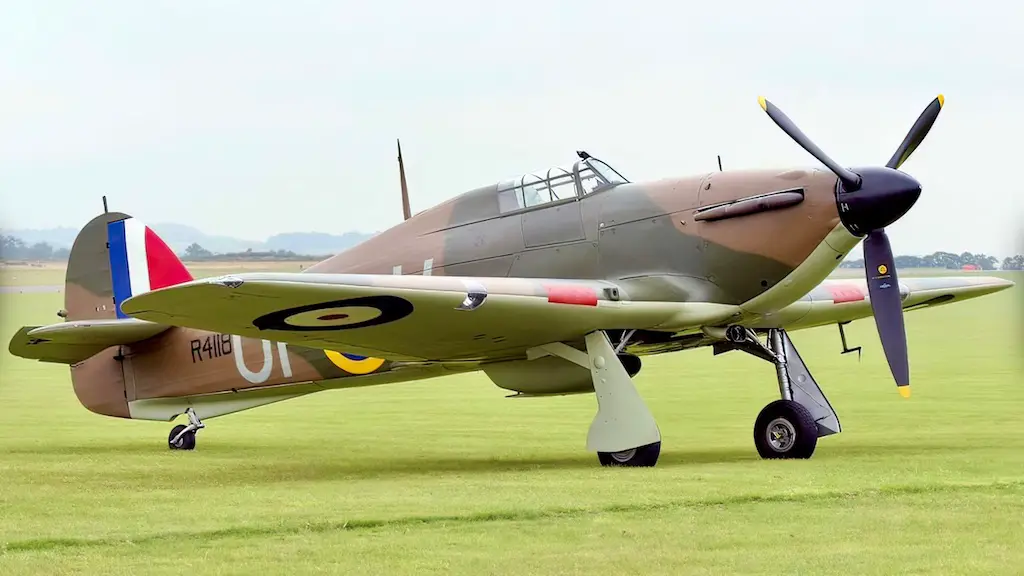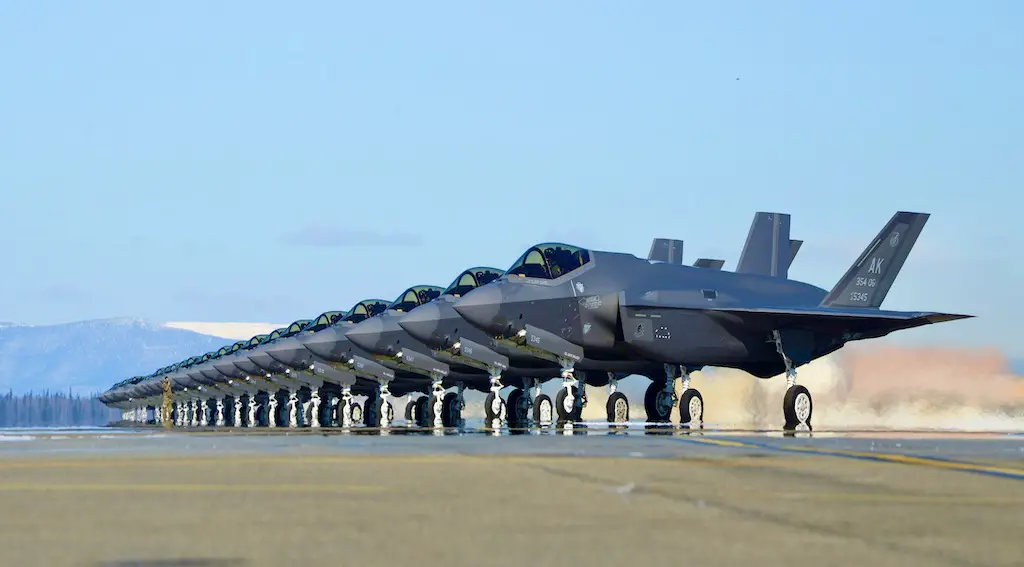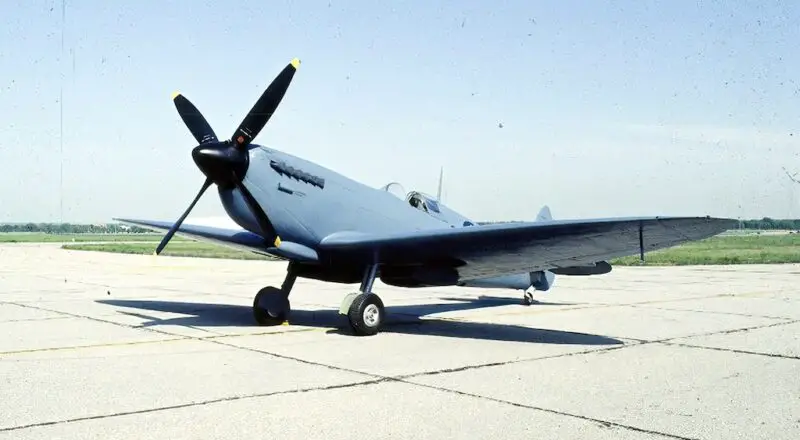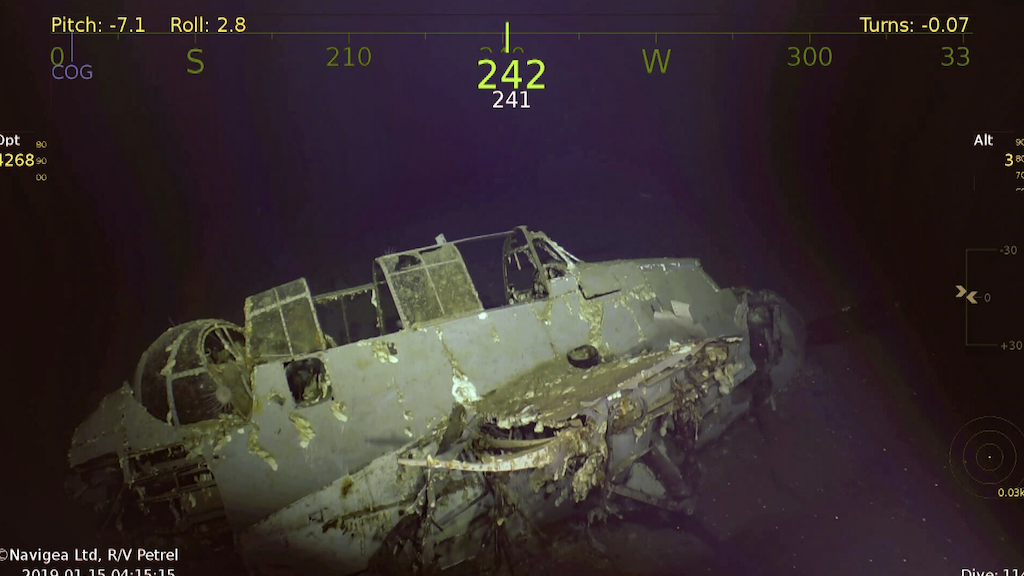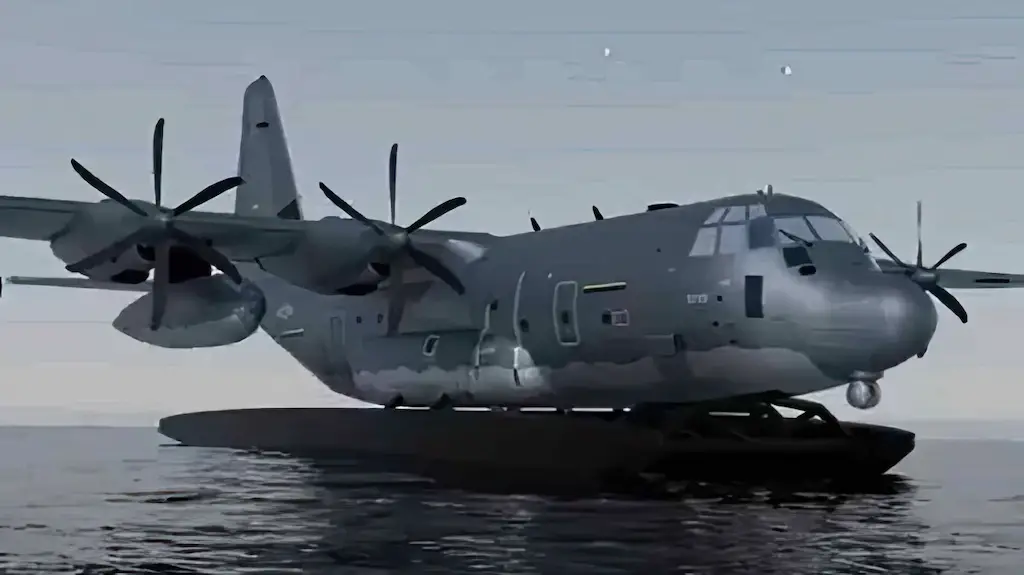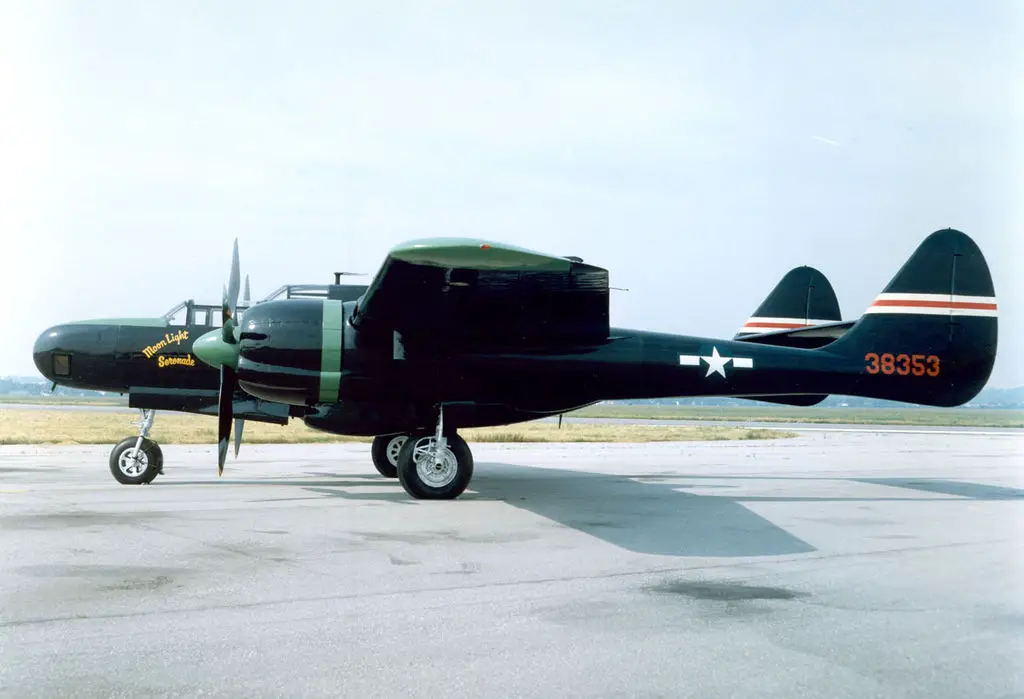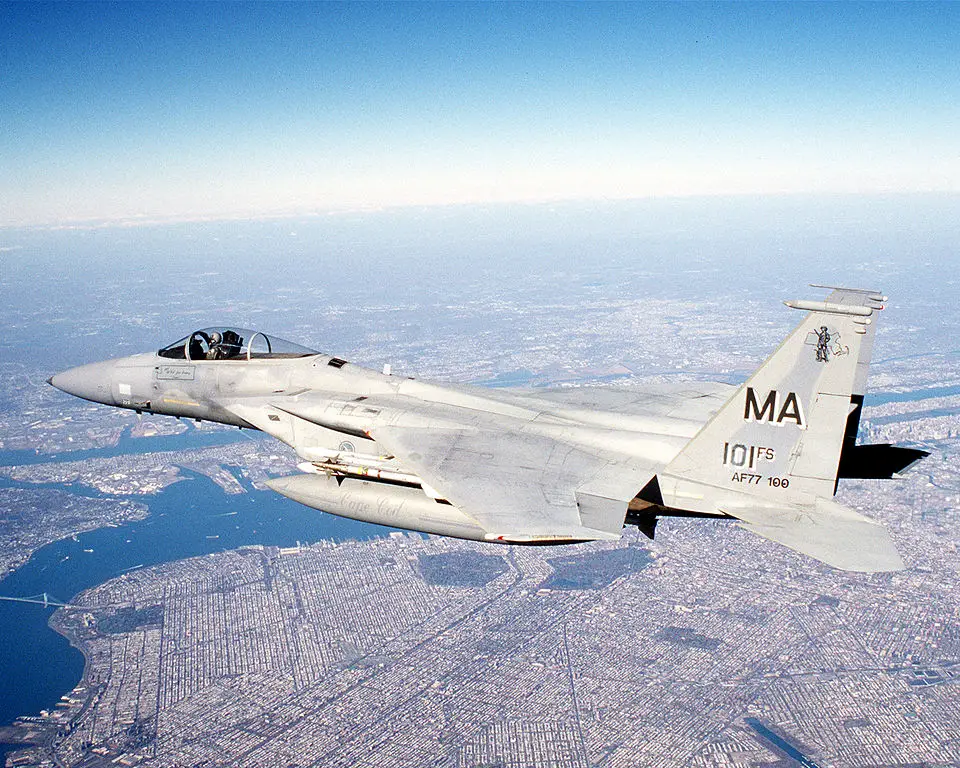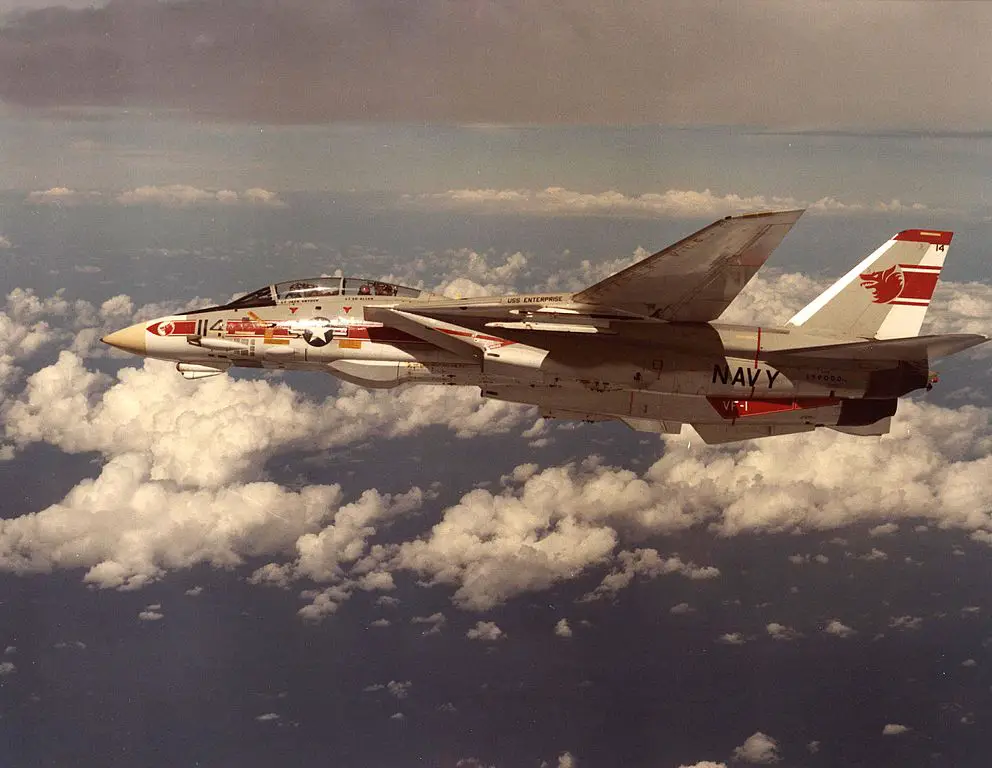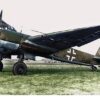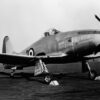The Northrop P-61 Black Widow was a remarkable aircraft that played a significant role during World War II. As the first operational aircraft designed specifically as a night fighter, it provided crucial capabilities for nocturnal combat. This article delves into the fascinating history, design, performance, and legacy of the P-61 Black Widow.
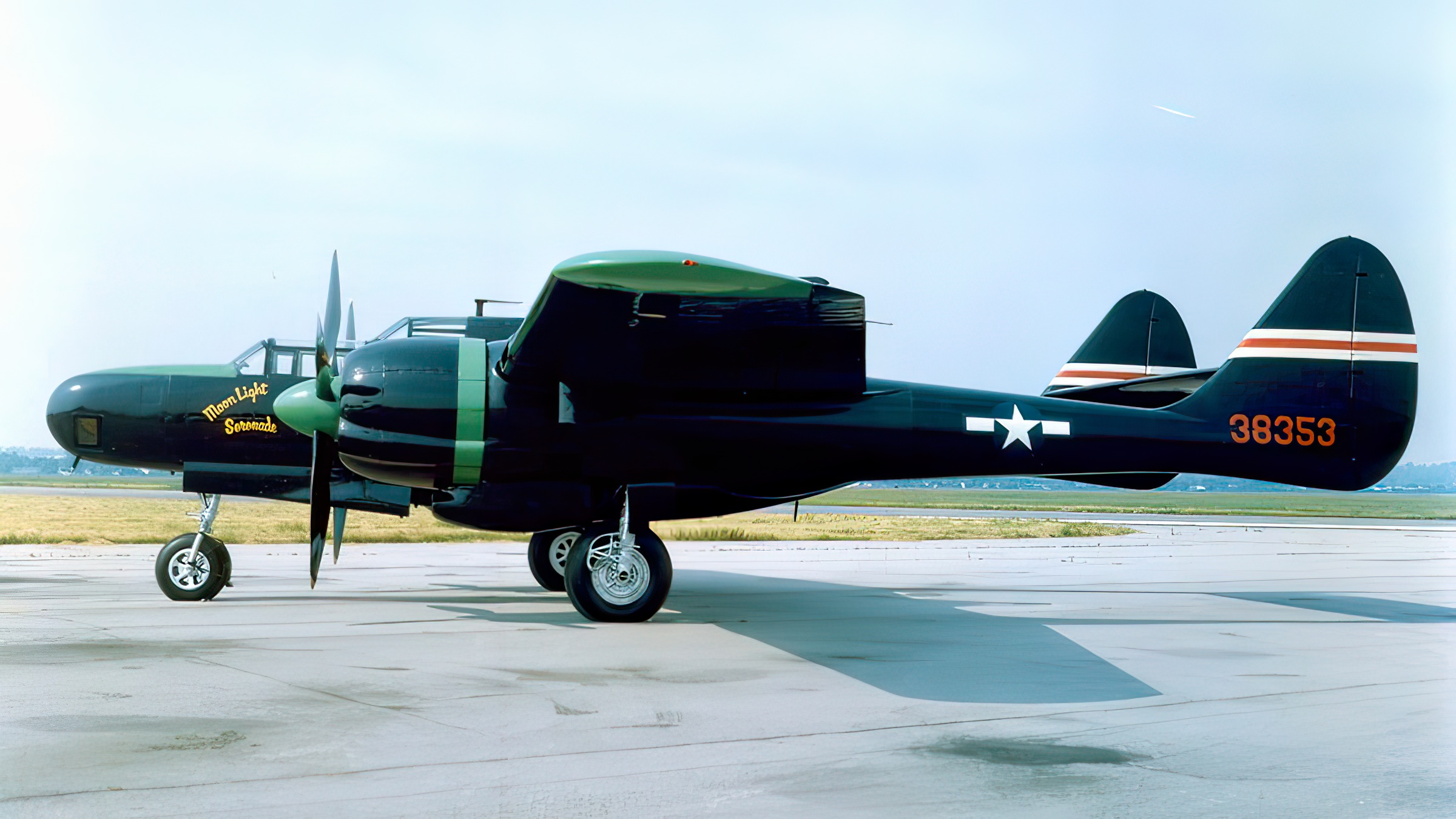
Cutting edge
The development of the P-61 Black Widow began in 1940 in response to the United States Army Air Forces’ need for an effective night fighter. The project was undertaken by the Northrop Corporation, led by aircraft designer Jack Northrop. Incorporating cutting-edge technology and innovative design features, the P-61 quickly emerged as a formidable contender. Its distinctive twin-boom configuration, advanced radar systems, and heavy armament set it apart from contemporary aircraft.
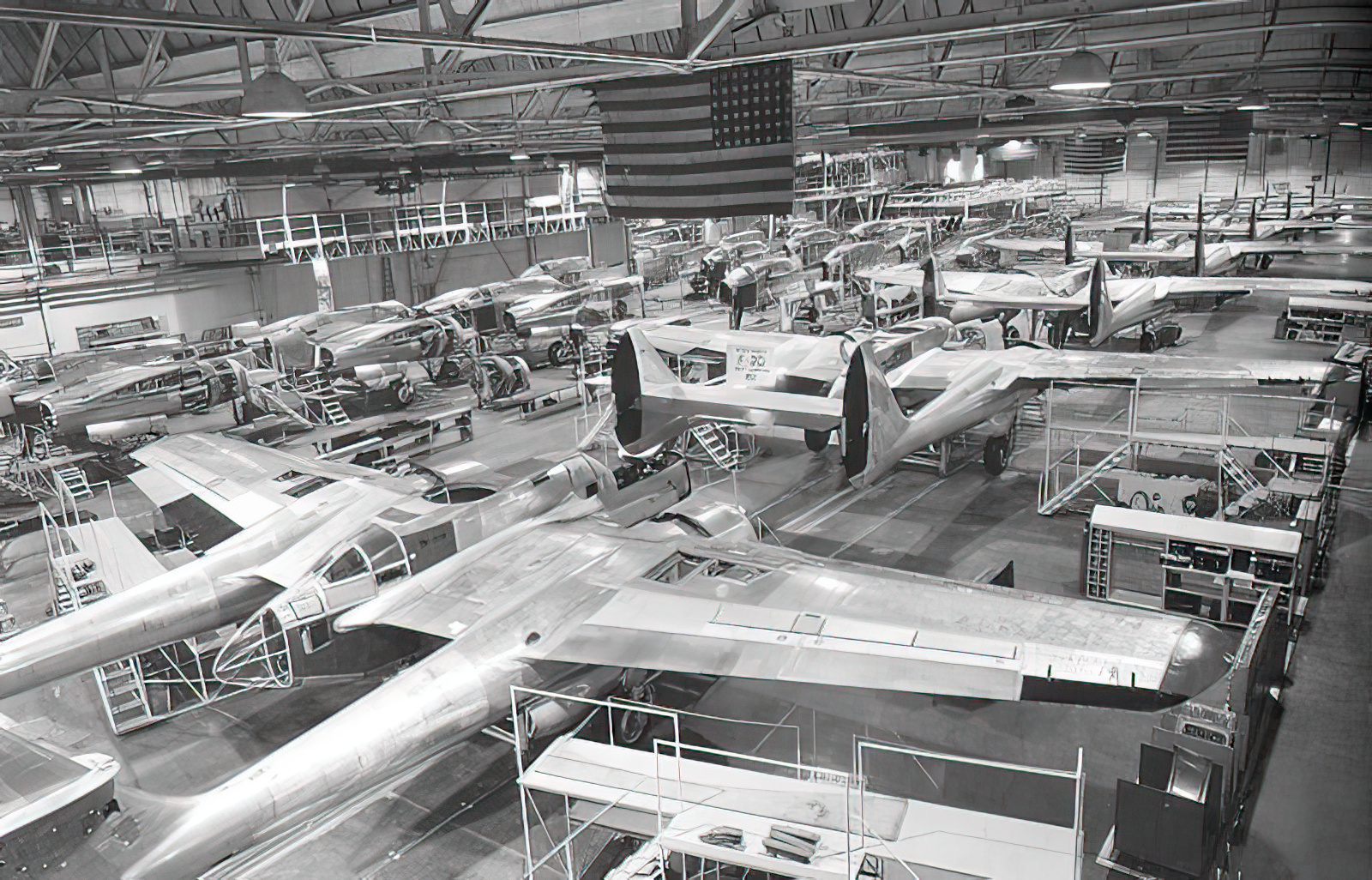
Powerful
The P-61 Black Widow was a large and powerful aircraft, measuring over 66 feet in wingspan. Its twin-boom design allowed for a spacious central fuselage housing the crew, radar equipment, and armament. The cockpit accommodated a pilot and a radar operator/navigator, seated in tandem. The aircraft featured an advanced radar system, known as the SCR-720, which provided unparalleled nighttime detection capabilities. The P-61 was armed with four 20mm cannons mounted in the belly and a dorsal turret with four .50 caliber machine guns.
Night fighting machine
Equipped with its sophisticated radar system, the P-61 Black Widow was a potent night-fighting machine. The radar operator would scan the skies for enemy aircraft, and upon detection, the pilot could maneuver the aircraft into an optimal attack position. This gave the P-61 a significant advantage, allowing it to engage enemy aircraft in darkness or adverse weather conditions. The combination of radar, armament, and crew coordination made the Black Widow a formidable opponent and a crucial asset for protecting bomber formations and key strategic targets.
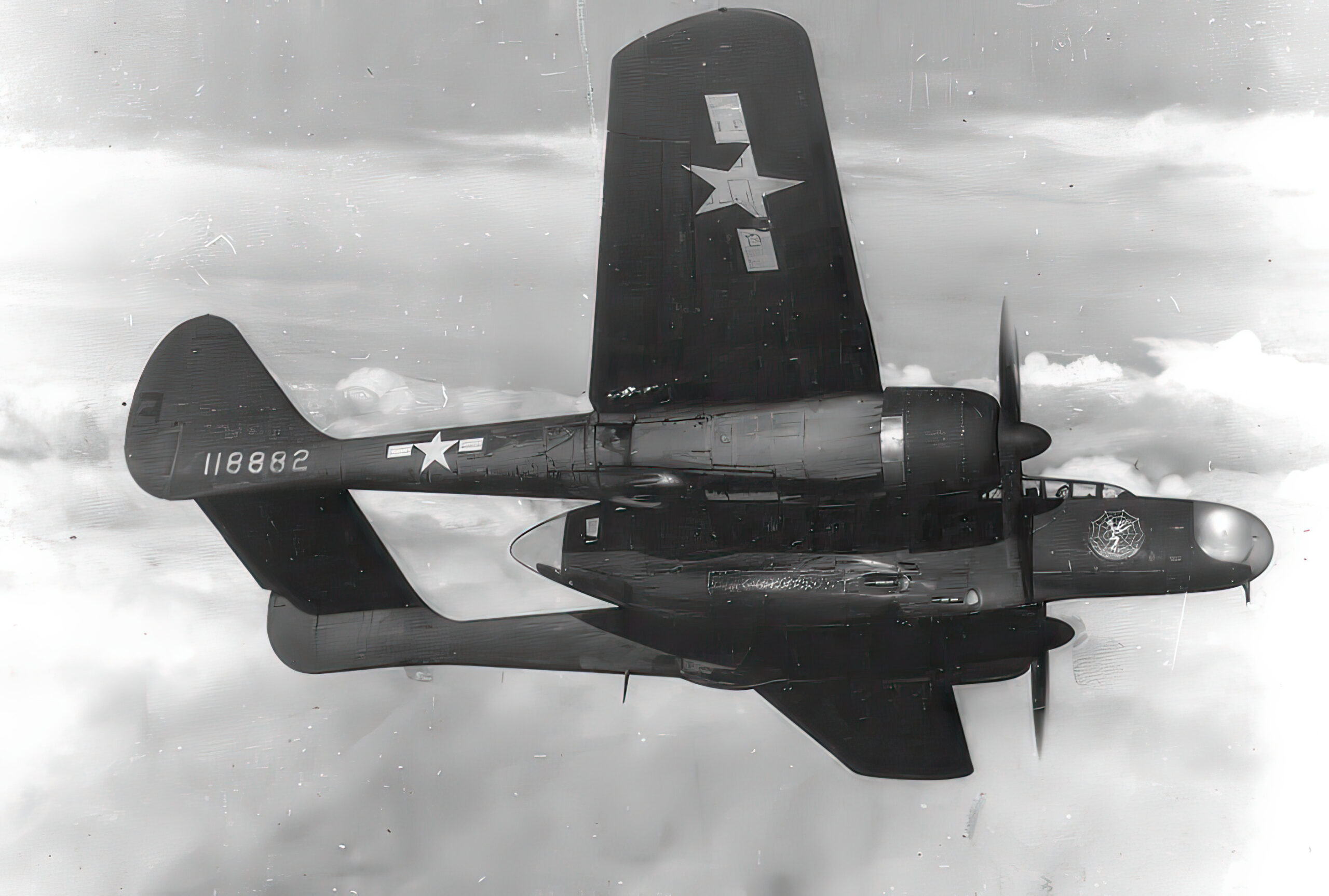
Impressive performance
The P-61 Black Widow saw action in both the European and Pacific theaters during World War II. Its combat performance was impressive, with the ability to intercept and engage enemy aircraft effectively. The aircraft’s armament and firepower allowed it to take down enemy bombers, fighters, and even V-1 flying bombs. Notable engagements include the interception of German V-1 rockets launched towards England and night operations against Japanese aircraft in the Pacific. The P-61’s versatility and combat success solidified its reputation as an exceptional night fighter.
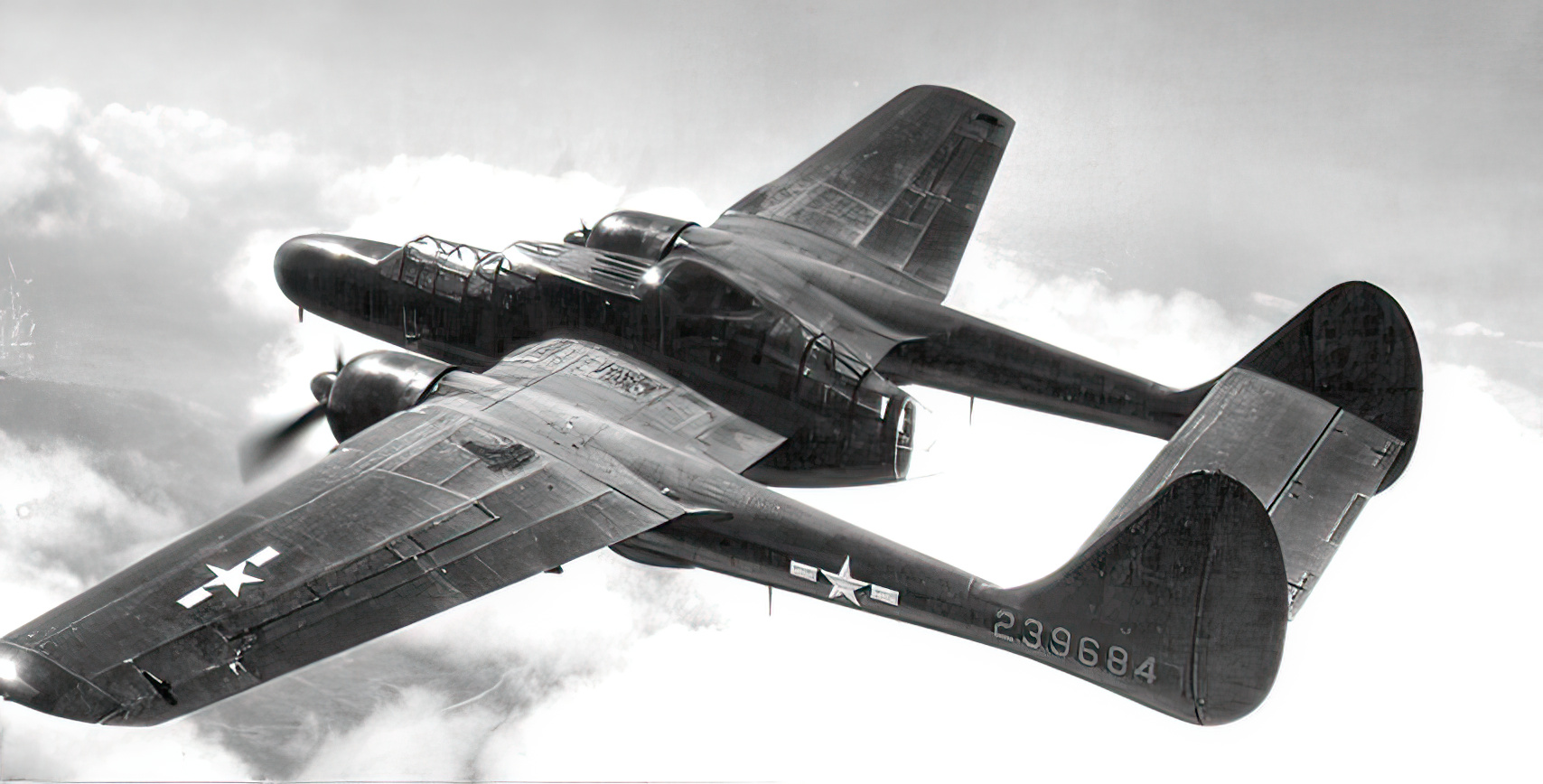
Black Widow’s legacy
After World War II, the P-61 Black Widow continued its service with the U.S. Air Force, being gradually phased out in the late 1940s. However, its design and technological advancements influenced subsequent aircraft development. The experience gained from the P-61’s night-fighting capabilities led to the development of newer and more advanced radar systems. The Black Widow’s legacy is also evident in the design of future aircraft, such as the F-15 Eagle and F-14 Tomcat, which incorporated similar twin-boom configurations. Today, a handful of P-61 Black Widows can be found in aviation museums, serving as a testament to its historical significance.
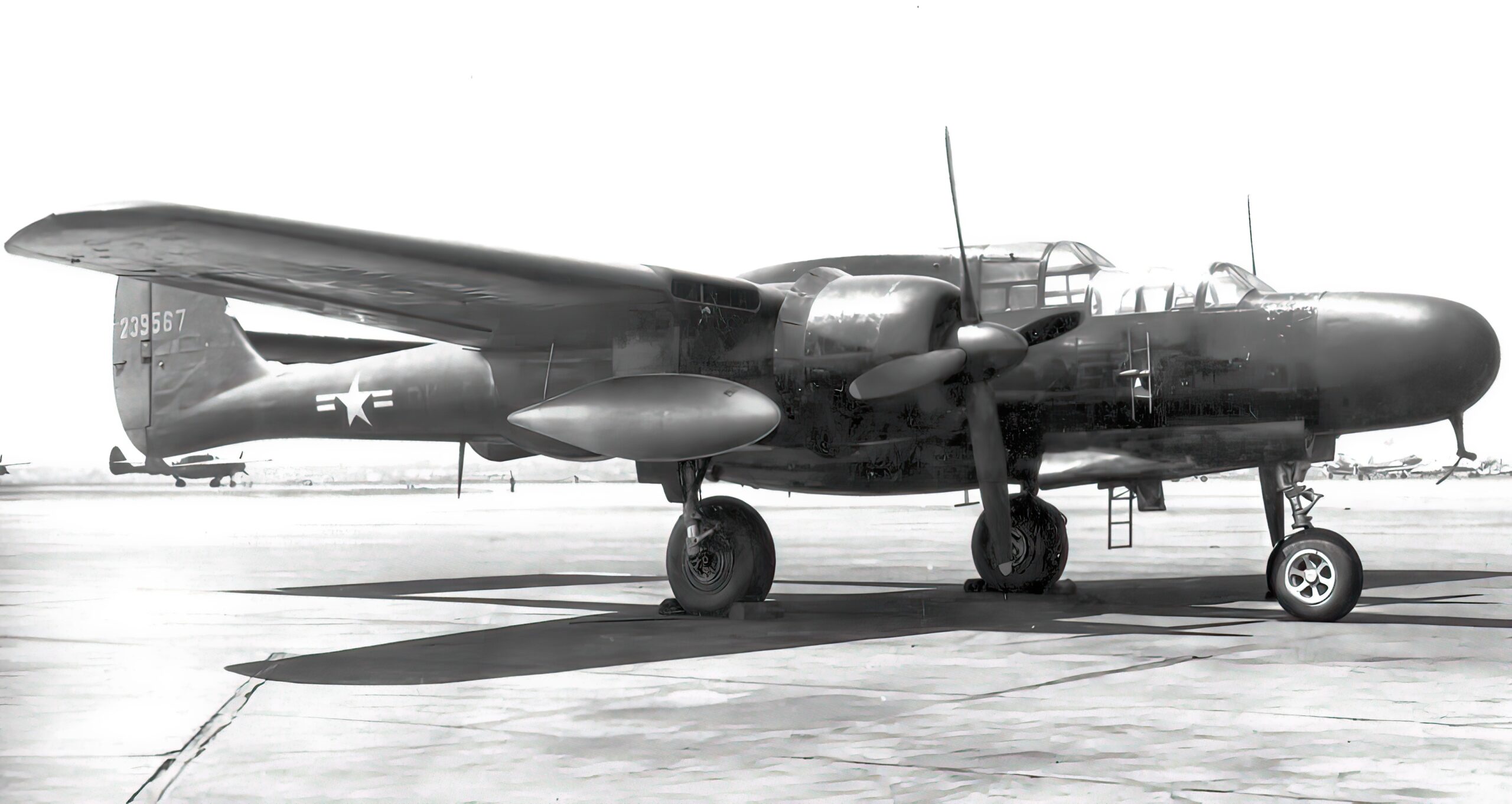
Pioneering
The Northrop P-61 Black Widow was a pioneering aircraft that revolutionized nighttime combat during World War II. Its innovative design, advanced radar systems, and remarkable performance cemented its place in aviation history. The Black Widow’s contributions and influence on subsequent aircraft make it an enduring symbol of technological progress and military ingenuity.
